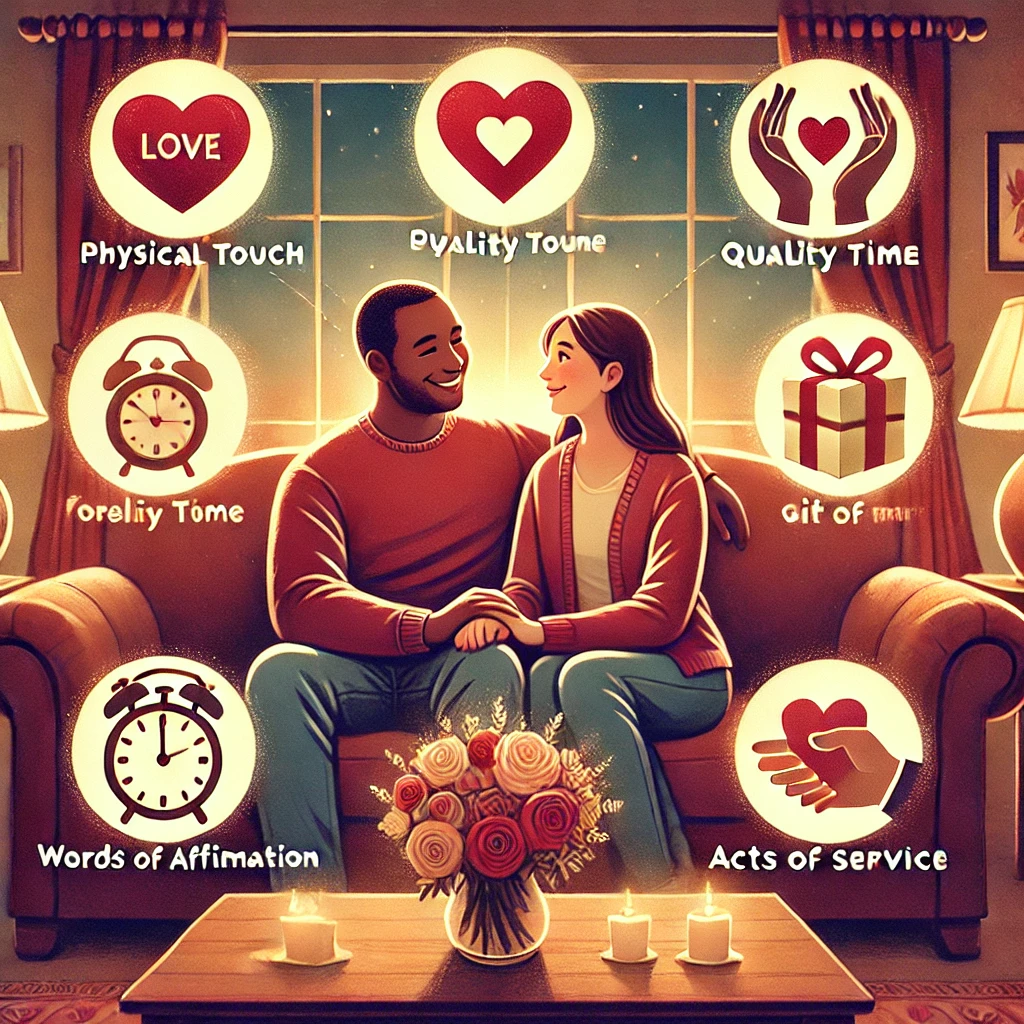
Ever poured your heart into a relationship—bought gifts, made gestures—only to feel like your efforts went unnoticed? It’s frustrating. And often, it’s not about how much you love someone—it’s about how you show it.
That’s where love languages come in. Developed by Dr. Gary Chapman, the concept of love languages reveals how people give and receive love differently. When you understand your own love language—and the language of your partner—you stop talking past each other and start connecting.
In this article, we’ll break down the five love languages, help you figure out yours, and show you how to use them to build stronger, more connected relationships.
What Are Love Languages?
A love language is the way someone prefers to receive affection. The idea, introduced in Dr. Chapman’s The 5 Love Languages, is simple: we all speak different emotional “languages,” and if we’re not speaking the same one, we can miss each other entirely—even with the best intentions.
The Five Love Languages:
- Words of Affirmation
- Acts of Service
- Receiving Gifts
- Quality Time
- Physical Touch
Knowing someone’s love language helps you express love in a way that actually feels like love to them.
The 5 Love Languages Explained
Let’s break each one down:
1. Words of Affirmation
What it is: Verbal expressions of love, appreciation, and encouragement.
Looks like:
- Saying “I love you” regularly
- Giving sincere compliments
- Leaving kind notes or texts
How to show it: Speak up. Be specific and genuine with your praise. Don’t assume they “just know” how you feel—say it.
2. Acts of Service
What it is: Doing helpful or thoughtful things for your partner.
Looks like:
- Making coffee in the morning
- Running errands without being asked
- Helping out when they’re overwhelmed
How to show it: Notice what needs doing and take action. It’s not about grand gestures—it’s about lightening their load.
3. Receiving Gifts
What it is: Feeling loved through meaningful, tangible items.
Looks like:
- Giving a surprise gift “just because”
- Remembering birthdays and special dates
- Bringing home their favorite snack
How to show it: Gifts should be thoughtful, not expensive. Pay attention to what they like and find little ways to show you’re thinking of them.
4. Quality Time
What it is: Giving undivided attention and sharing experiences.
Looks like:
- Meaningful conversations
- Watching a movie together (with phones off)
- Weekend getaways or daily check-ins
How to show it: Be fully present. Listen. Schedule time together and make it count.
5. Physical Touch
What it is: Expressing love through physical contact.
Looks like:
- Hugs, kisses, hand-holding
- Sitting close together
- A hand on their back or shoulder
How to show it: Touch often, especially during stressful times. It’s about connection, not just intimacy.
How to Identify Your Own Love Language
Want to know your love language? Start by asking:
- What makes you feel most loved?
- What do you complain about missing in relationships?
- How do you express love to others?
Often, the way you show love is the way you want to receive it. But it’s worth checking in—our needs can shift with time and life experiences.
Using Love Languages to Strengthen Your Relationship
Once you know your own and your partner’s love language, the real work begins: using it.
Tips for applying love languages:
- Don’t just speak your language—learn theirs
- Talk openly about what makes each of you feel appreciated
- Keep showing love, even when it’s not your natural instinct
- Revisit the conversation regularly—needs can change
Example: If your partner’s love language is Acts of Service, a clean kitchen might mean more to them than a sweet text. If it’s Words of Affirmation, a compliment might carry more weight than a gift.
Common Mistakes and Misunderstandings
Love languages are a tool—not a fix-all. Here’s where people mess up:
- Assuming everyone feels love the same way
- Sticking only to what’s natural for you
- Keeping score (“I did X, so you owe me Y”)
- Thinking it solves every relationship problem
Using love languages effectively means putting effort into their experience of love, not just checking off a box.
Beyond Romance: Love Languages in Friendships and Family
Love languages aren’t just for couples. They work in all types of relationships.
In friendships: A friend might value quality time more than gifts or compliments.
In families: A child might need physical touch (hugs, cuddles) more than verbal praise.
At work: A thank-you note (Words of Affirmation) can go a long way—though boundaries matter.
Being fluent in different emotional styles helps you become more empathetic and aware, in every kind of relationship.
Conclusion: Love Is a Language—Learn to Speak It Well
You don’t have to love more. You just have to love smarter.
Understanding love languages isn’t about being perfect. It’s about showing up in a way that truly resonates with the people you care about. Speak their language—not yours—and the connection deepens naturally.
Now it’s your turn: What’s your love language? What’s theirs? Learn it. Use it. And watch your relationships grow stronger.



